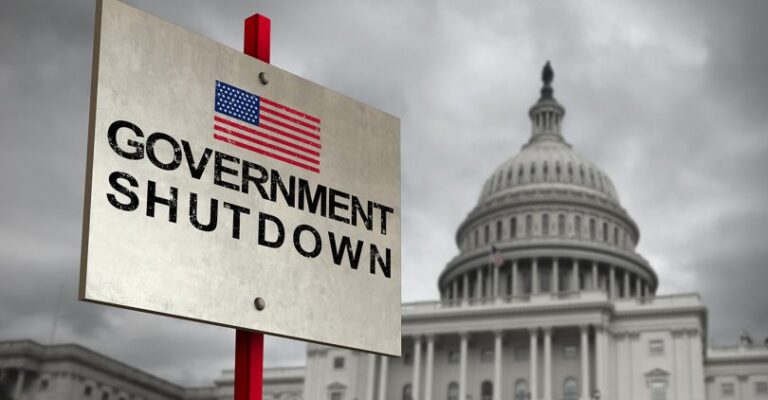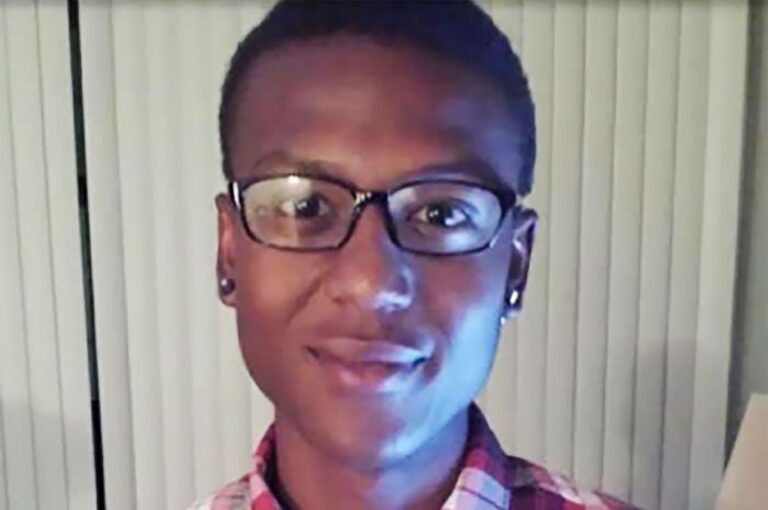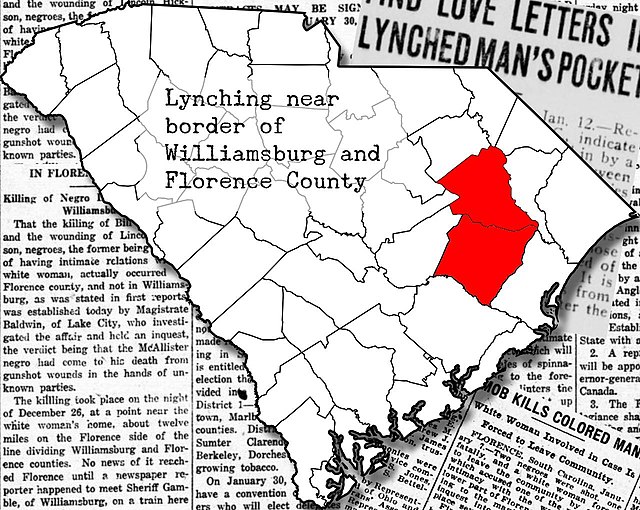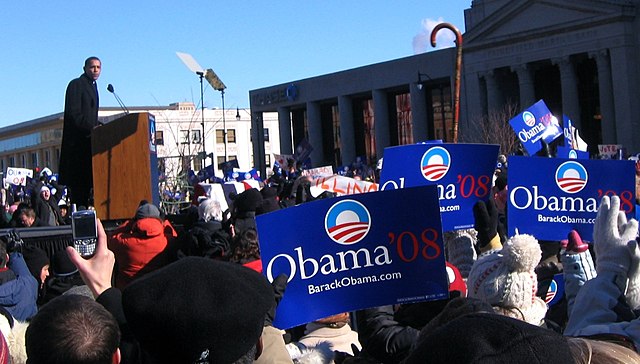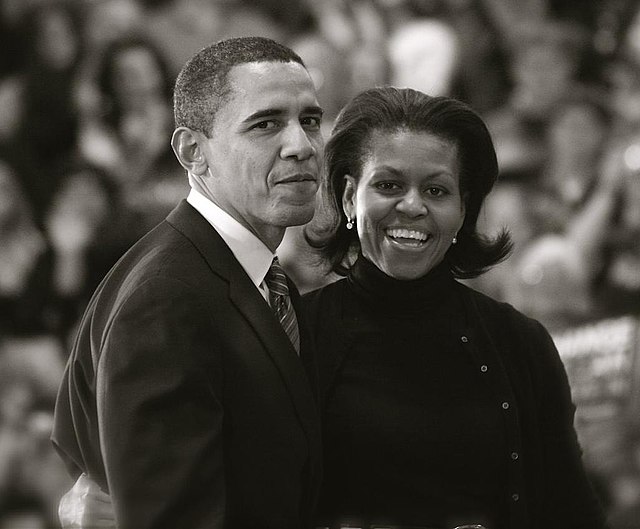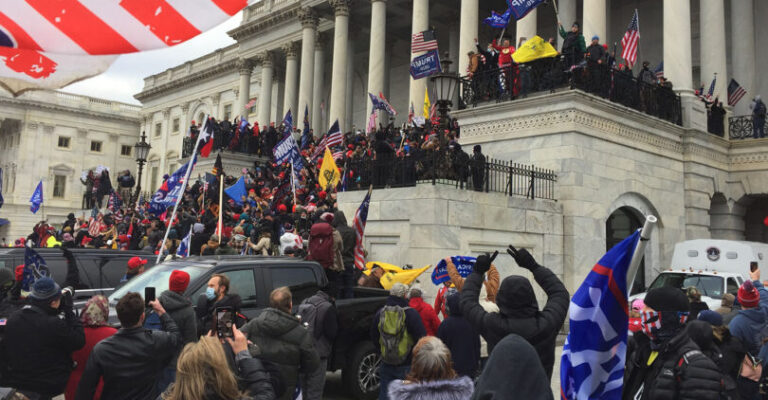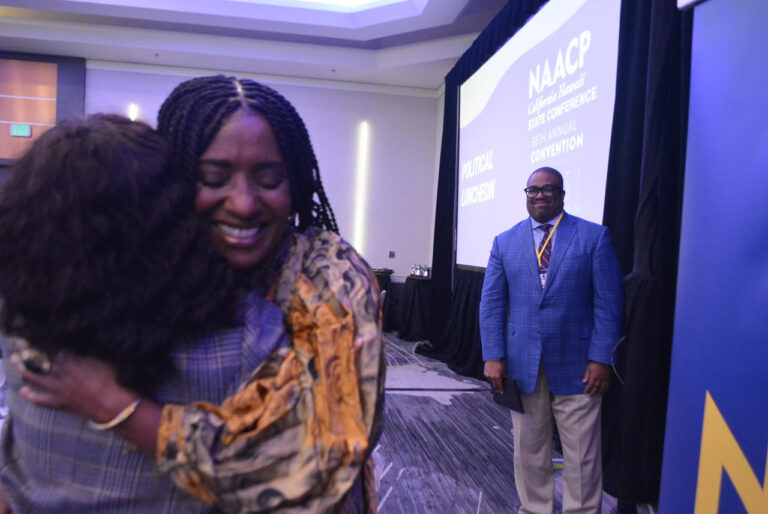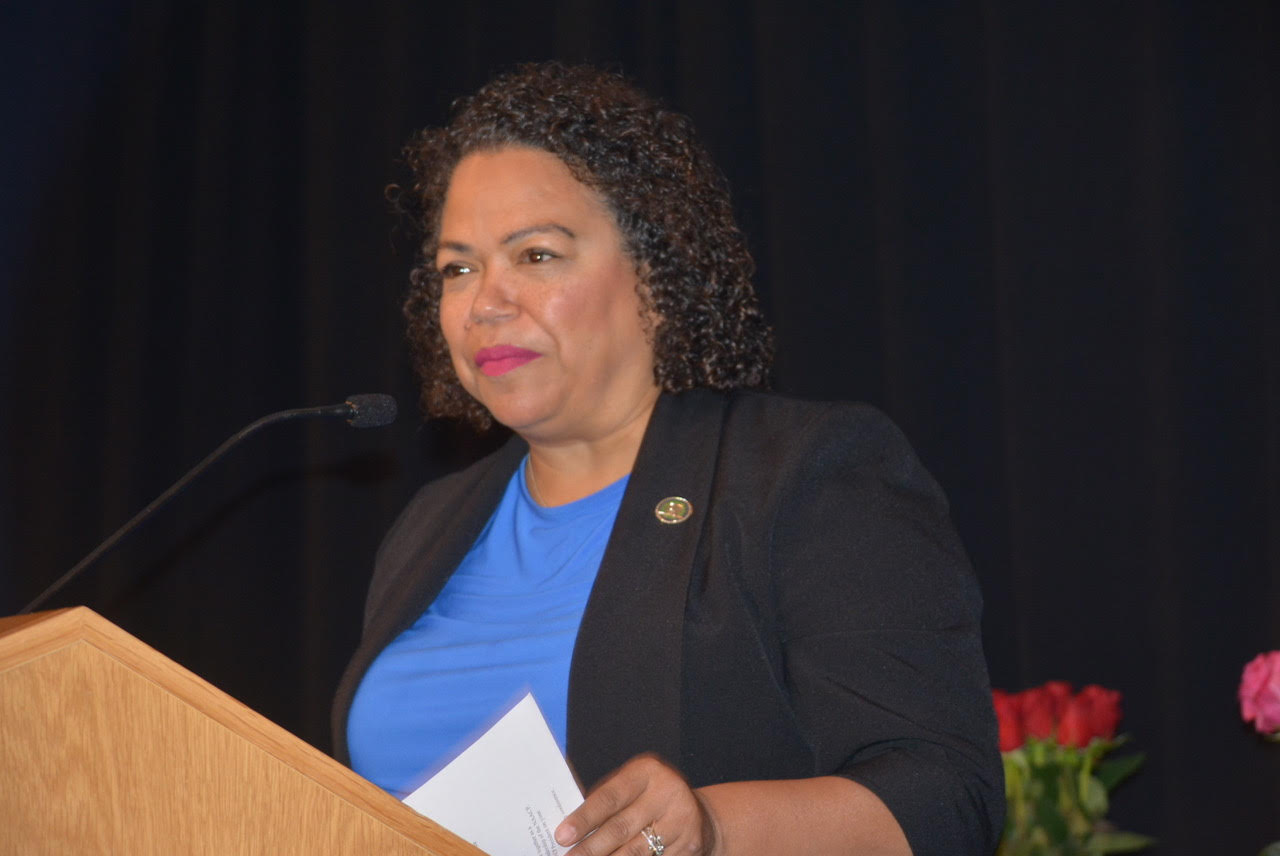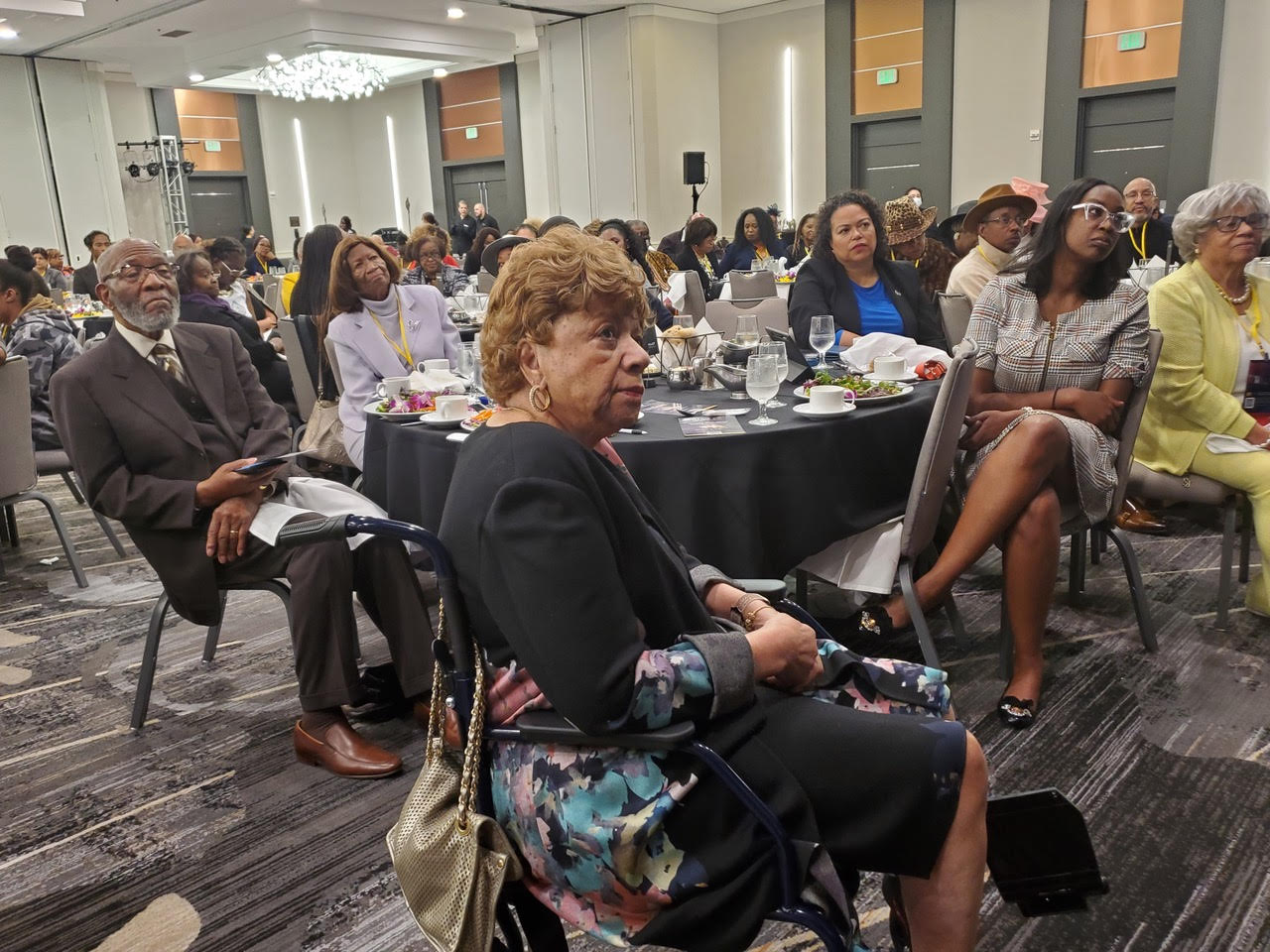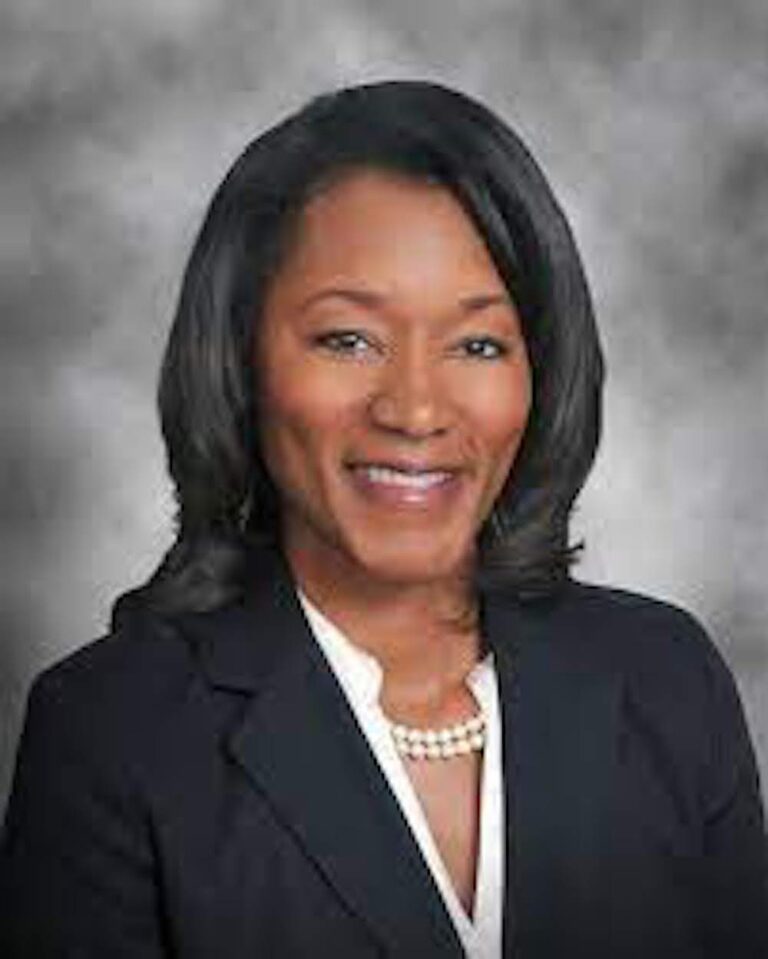By Emma Tucker and Andi Babineau, CNN
(CNN) — Aurora, Colorado, police officer Nathan Woodyard ignored his training and repeatedly escalated his fatal 2019 encounter with Elijah McClain, a prosecutor said during closing arguments Friday in the cop’s manslaughter trial.
Woodyard, 34, has pleaded not guilty to reckless manslaughter and a lesser included charge of criminally negligent homicide. Woodyard, who remains suspended from the department without pay pending the trial’s outcome, is the third officer tried in connection with McClain’s death.
Last month, a Colorado jury delivered a mixed verdict to the two other officers involved in the arrest. Randy Roedema, the senior patrol officer on scene who restrained McClain on the ground, was convicted of criminally negligent homicide and assault, while officer Jason Rosenblatt, who attempted an initial unsuccessful carotid hold, was acquitted of all charges.
The case focuses on the events of August 24, 2019, when officers responded to a call about a “suspicious person” wearing a ski mask, according to an indictment. Officers confronted 23-year-old McClain, a Black massage therapist, musician and animal lover who was walking home from a convenience store carrying a plastic bag with iced tea. He wore the mask because he was frequently cold, his family has said.
In an interaction captured on body camera footage, police wrestled McClain to the ground and placed him in a carotid hold, and paramedics later injected him with the powerful sedative ketamine. His heart stopped on the way to a hospital, and he was pronounced dead three days later. The defense argued that the ketamine ultimately killed McClain.
Woodyard placed McClain in the carotid hold – a move in which an officer uses their biceps and forearm to cut off blood flow to a subject’s brain – that left McClain unconscious, according to an indictment.
The officer then released the hold, and once McClain regained consciousness, he and other officers restrained him on the ground despite his repeated pleas of “I can’t breathe,” according to the indictment.
“Mr. Woodyard admits he should have just done it all differently,” prosecutor Jason Slothouber said in closing on Friday, referring to the officer’s own testimony. “He admits, ‘Hey, I should have talked to this guy.’”
Slothouber listed a series of alleged mistakes Woodyard made that day, including ignoring his training, failing to tell paramedics McClain said he could not breathe, and deciding the encounter had not turned into a medical emergency.
“That regretful, emotional, empathetic version of Mr. Woodyard that you saw on the stand is not the version that he presented to Mr. McClain,” the prosecutor told jurors, adding that the officer was reckless and should be found guilty of manslaughter.
Defense lawyer Andrew Ho countered that Woodyard simply answered an emergency call that day and entrusted McClain to the care of fellow officers and medically trained professionals.
“Nathan Woodyard did not kill Elijah McClain,” Ho said. “He’s not responsible for what other people did or did not do.”
Ho argued that trial evidence has not pointed to Woodyard. Instead, testimony has centered on “what other people are doing and what other people are not doing and they just want (Woodyard) to take the blame.”
But, Ho argued, it was an overdose of ketamine from paramedics that ultimately killed McClain.
“Elijah McClain matters,” Ho said. “We need to end in-custody deaths. There’s been too much violence and … the world would be a better place when that happens.”
The two paramedics who treated McClain, Jeremy Cooper, 48, and Peter Cichuniec, 50, are set to go on trial in the coming weeks. They have pleaded not guilty to charges of manslaughter and assault.
Slothouber, in rebuttal, told jurors Woodyard set in motion the series of events that led to McClain’s death. “The only explanation is that the defendant caused all of this… not Elijah McClain,” he said.
Woodyard takes the stand
Woodyard took the stand in his trial on Wednesday, stating in a back-and-forth with his defense attorney he would handle the situation differently if he had it to do over.
“If you could go back knowing what you know now, would you approach him differently?” Megan Downing asked her client on direct examination.
“Yes, I would,” Woodyard responded.
“Do you think you could have tried to talk to Mr. McClain more?” Downing continued.
“Yes,” he said.
On cross-examination, prosecutor Jason Slothouber questioned Woodyard about why he didn’t tell his commanding officers or the paramedics about McClain’s claims that he couldn’t breathe.
“Despite being conscious of this risk that if somebody’s complaints of breathing were ignored they could die, you didn’t tell Sgt. (Dale) Leonard about Mr. McClain’s repeated statements, ‘I can’t breathe,’” Slothouber said.
“I did not,” Woodyard replied.
“Despite your consciousness of the risk of death from these complaints, you didn’t tell Sgt. (Rachel) Nuñez about Mr. McClain’s complaints that he can’t breathe,” Slothouber continued.
“I did not tell her,” Woodyard said.
“When you came back to the scene and Mr. McClain was about to get Ketamine and put on the gurney, you didn’t tell anyone about his complaints that he couldn’t breathe,” Slothouber said.
“No. At the time, I thought it was explained by the mask being on,” Woodyard told him.
Jury delivered mixed verdict to other 2 officers
Prosecutors initially declined to bring charges in the case, but it received renewed scrutiny following the nationwide Black Lives Matter protests in spring 2020.
In June 2020, Aurora police and city officials announced changes to police policy, including a ban on carotid holds. Later that month, Colorado Gov. Jared Polis appointed a special prosecutor to reexamine the case. And in 2021 a grand jury indicted three officers and two paramedics in McClain’s death.
Aurora ultimately agreed to pay $15 million to McClain’s family to settle a civil rights lawsuit against the city.
Last month, during the trial for Roedema and Rosenblatt, prosecutors argued that the police restraint contributed to McClain’s death, while defense attorneys said the paramedics’ decision to inject a large dose of ketamine was to blame.
An initial autopsy report said McClain’s cause of death was “undetermined.” However, an amended report released in 2022 listed “complications of ketamine administration following forcible restraint” as the cause of death.
Woodyard ‘did not follow training,’ prosecution says
During opening statements in Woodyard’s trial last month, prosecutor Ann Joyce told jurors Woodyard violated the Aurora Police Department’s de-escalation policy within seconds of contact with McClain, the prosecutor maintained.
“He’s been trained that if someone says they can’t breathe, just because they’re talking doesn’t mean they’re getting adequate oxygen into their system,” the prosecutor said of the defendant.
Joyce used Woodyard’s own words from the body camera footage.
“Mr. Woodyard told Elijah McClain, ‘I’m going to have to change this situation.’ And the evidence will be, that Mr. Woodyard was true to his word. He changed Elijah McClain’s situation forever,” she told the jury.
Defense attorney Downing countered the prosecution’s argument, saying nothing Woodyard did – not even the carotid hold – caused McClain’s death.
“None of the actions that he took, none of the force that he used, is what caused the death in this case,” Downing told the jury.
“There is one, and only one, undisputed cause of death in this case – no matter how many sequential dots that they will ask you to connect – and that is a lethal injection of ketamine,” she said.
CNN’s Eric Levenson contributed to this report.


